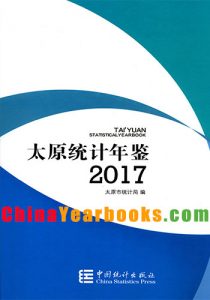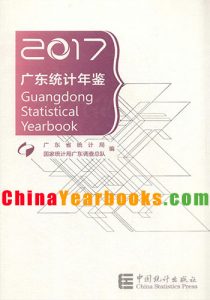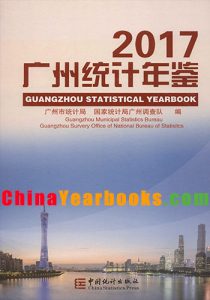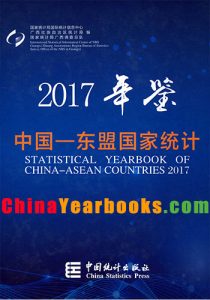Publisher : China Statistics Press
Published Date : 12/2017
Frequency : Annually
Language : English and Chinese bilingual
ISBN/ISSN : 978-7-5037-8064-6
Weight : 3.10kg
Availability : Printed Version;Electronic Version(PDF )
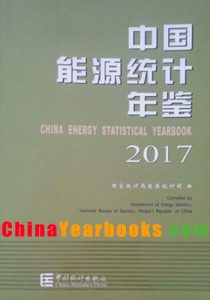
China Energy Statistical Yearbook is an annual statistical publication, which covers very comprehensive data
in energy construction, production, consumption, equilibrium of supply and demand in an all-round way,
established in 1986, edited by Department of Industry and Transport Statistics, National Bureau of Statistics. 2008
annual is edited by Department of Energy Statistics, National Bureau of Statistics, published by China Statistics
Press, to the domestic and international public publication.
In order to satisfy the masses of readers’ demands for China energy statistics, improve the efficiency and
timeliness of the data use, from each of 2004, China Energy Statistical Yearbook is published one volume every
year instead of one volume every 2 years, the year of front cover also switched over to publishing year.
China Energy Statistical Yearbook consists of seven chapters: 1 .General Survey; 2. Construction of Energy
Industry; 3. Energy Production; 4. Energy Consumption; 5. Energy Balance Table of China; 6. Energy Balance
Table by Region; 7. Energy data for the Hong Kong and Macao Special Administrative Region. Additional
information provided in the appendices include major energy data for Taiwan province, energy data for related
countries or areas and explanatory notes of main statistical indicators and conversion factors from physical units
to coal equivalent.
Annual statistical reports from the National Bureau of Statistics and the China Statistical Yearbook are the
main data sources of this document. However, the national data in this book does not include‘ that of the Hong
Kong and Macao Special Administrative Region, the Taiwan province. The Tibet energy balance data is
unavailable yet. The data in the energy balance tables does not cover non-commercial energy.
The China energy data were by the year of 2016, energy data for the world and other countries or area were
by the year of 2015.
Notations used in the yearbook: blank space indicates that the figure is not large enough to be measured with
the smallest unit in the table, or data are unknown or are not available;”#”indicates a major breakdown of the
total.
Since 2012, Classification for national standard of industry classification is implementing new version of
2011.
